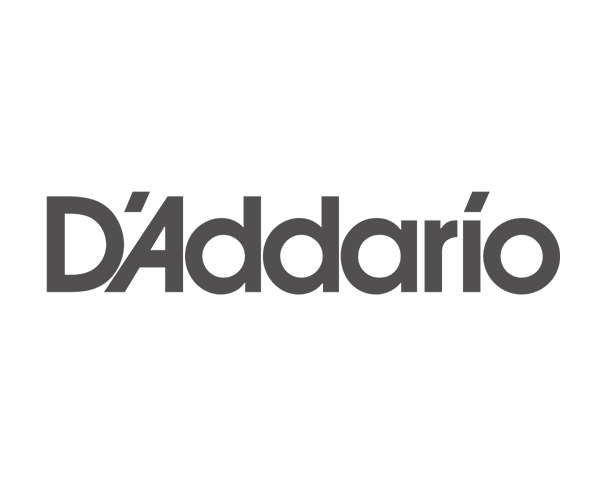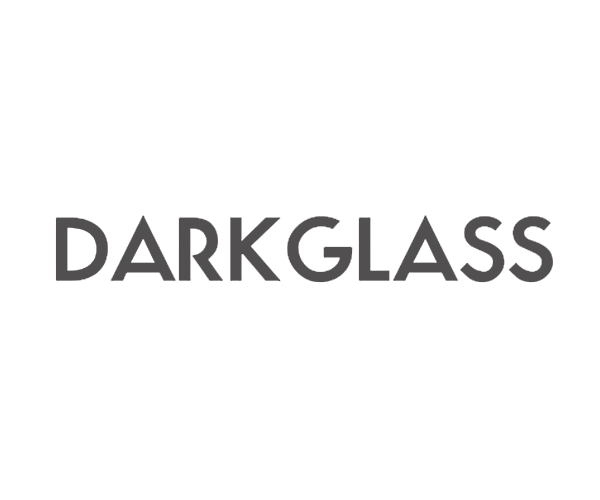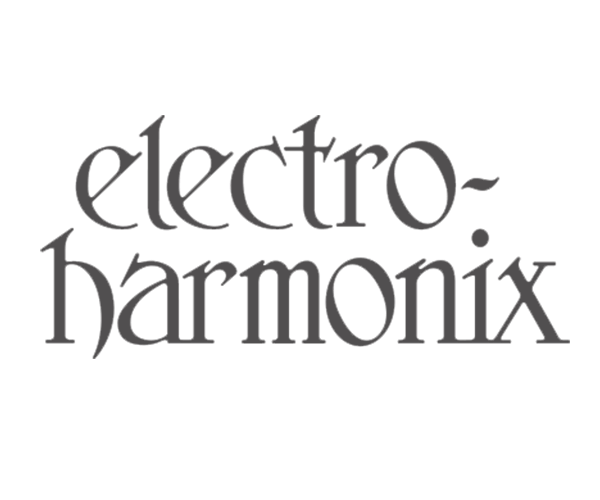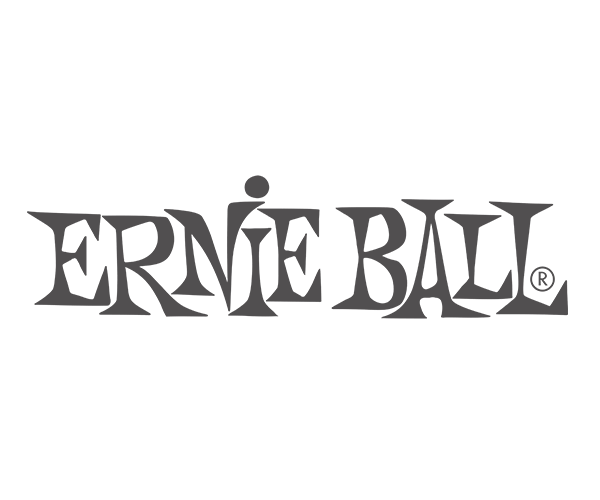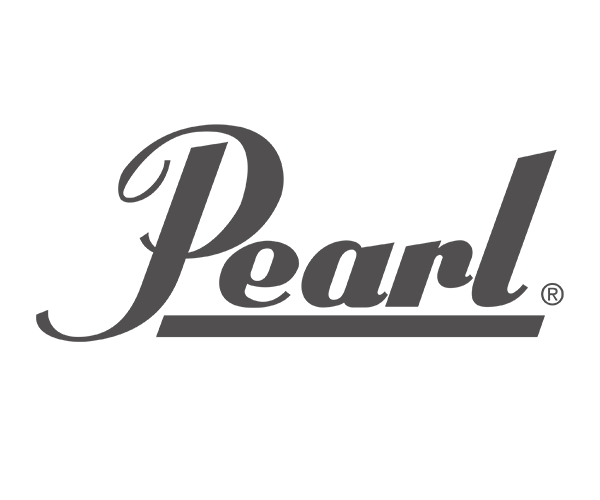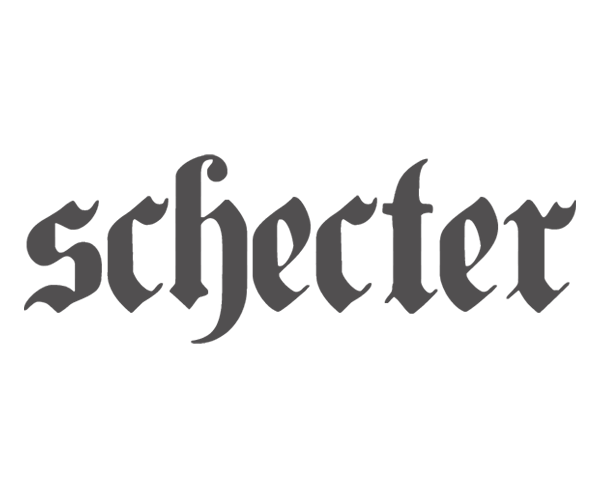One Control BJF Series Baltic Blue Fuzz Guitar Effects Pedal
One Control BJF SeriesBaltic Blue Fuzz Guitar Effects Pedal
The BalticBlue Fuzz Pedal recreates the recognizable vintagemuff/fuzz tone, while producing a crisp sound without sacrificing theeffect.
Specifications
- Input impedance: 40K
- Output impedance: 50K
- Drive voltage: 9V
- Power consumption: 6mA
- S/N ratio: -70dBm
- Size: 39Wx100Dx31H mm (excluding protruding parts)
- 47Wx100Dx48H mm (includingprotruding parts)
- Weight: Approx. 160 grams
- True-Bypass Switching
- High Quality Aluminum Enclosure
- Power: 9V Battery or Standard DC Power Supply
Bjorn's Description:
His ears, senses and passion have finally createdthe first fuzz pedal for One Control. It produces a sound that we haveimagined and heard, but never before experienced. We look back into thepast and into the future, and created the sound right in the presentmoment.
OneControl and BJF have created another legendary pedal, The BalticBlue Fuzz.
History Of The Fuzz
There have been various fuzz pedals throughout history. They havecreated many legends and attracted countless guitar players seeking avintage fuzz tone.
The Electro-Harmonix Big Muff Pi stands out amongst these, boastingdecades of glorious achievements and outstanding reputation. It is oneof the rare fuzz pedals in the world that has continued to evolve.Mike Matthews once described the Big Muff circuit as fuzz throughrobust filters. The One Control Baltic Blue Fuzz is a new generationvintage fuzz pedal designed by BJF based on this idea.
The world’s first fuzz pedal is supposedly the Maestro Fuzz Tone FZ-1from 1962. This fuzz pedal was originally developed in the UnitedStates, and was later refined in 1965 and reborn as the FZ-1A.
However, at the same time there was another fuzz pedal that became alegend in the U.K. This was the Tone Bender developed by Gary Hurst.This pedal had a tone that was influenced by the FZ-1 circuit but wasknown for its original tone. Since launching the first generation(MK1), successive models had been developed including the Mk1.5 in 1966and Mk2. These models increased the popularity of fuzz pedalstremendously. In 1966, the internationally renowned Fuzz Face waslaunched.
Fuzz pedals have matured over time from the original FZ-1.
In response to these British fuzz pedals, Bob Mayer in New Yorkdeveloped a fuzz pedal in 1969. He was an engineer at Electro-Harmonixand his fuzz pedal was the first Big Muff Pi, which is now called theTriangle. This model was sold until sometime around 1973, and afterthat, it was upgraded to a model called Ram’s Head with an improvedhousing. The Big Muff Pi is basically a fuzz pedal newlydeveloped after the initial development in the U.S. and polished in theU.K. It’s a result of repeated research on fuzz pedals and provides theoriginal fuzz sound that today’s guitarists seek.
The Design
The Baltic Blue Fuzz circuit is not a Big Muff clone but shares asimilar topology. Some of the tones modern guitarists seek in BigMuff are those similar to the Triangle and Ram’s Head. Despite thedifference in actual devices, the Triangle and Ram’s Head have almostidentical circuits and their tones are very similar as well.
Reproducing the vintage fuzz tone is something all builders in theworld are working on now. If they want to replicate the old time sound,they need to be very specific about the vintage NOS components,housing, pots, and circuit patterns.
One Control BJF series used an overwhelmingly small housing to providean effect that has a renowned BJF circuit. We think it’simportant to create a model that is universal and easily available inany situation. BJF combined multiple amplifying stages andfilters when designing the Baltic Blue Fuzz. Although the idea behindthis design is from Big Muff, he used an Op-Amp in order to ensurestability and match modern components.
Imagine the initial Big Muff tone combined with the sounds associatedwith the Triangle and Ram’s Head. This combination can be foundwhen playing the Baltic Blue Fuzz. The Baltic Blue Fuzz is apedal for creating a vintage muff sound but at the same time emphasizesthe crisp sound that comes forward. Thus, while maintaining the samegain range as the vintage Big Muff, adjustments were made to ensure aslightly tighter and lower gain than the original. It was tunedto be used with electric guitars and filtered to create powerfulfeedback tones. It is free of the ``peakiness`` that is common amongvintage fuzz pedals .
BJF added Tone control to the Baltic Blue Fuzz that is incomparablyeasier to use than the vintage original model. It is designed in a wayso that guitar tones can be adjusted in the full knob range withoutbeing destroyed. It is also highly responsive and knob movements arereflected immediately. With the Baltic Blue Fuzz, just turningthe Tone knob lets you find the sound you want.
| SKU | OC-BBF60364 |
| Barcode # | 818996011814 |
| Brand | One Control |
| Shipping Weight | 0.2900kg |
| Shipping Width | 0.080m |
| Shipping Height | 0.070m |
| Shipping Length | 0.140m |
| Shipping Cubic | 0.000784000m3 |
| Unit Of Measure | ea |
Be The First To Review This Product!
Help other Angkor Music users shop smarter by writing reviews for products you have purchased.




